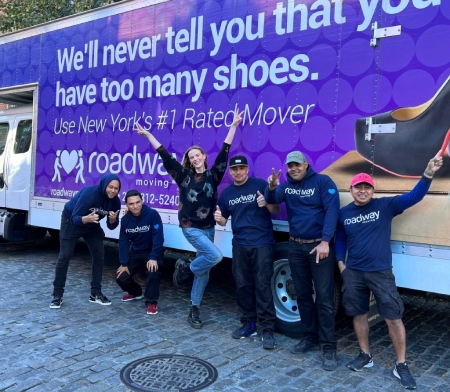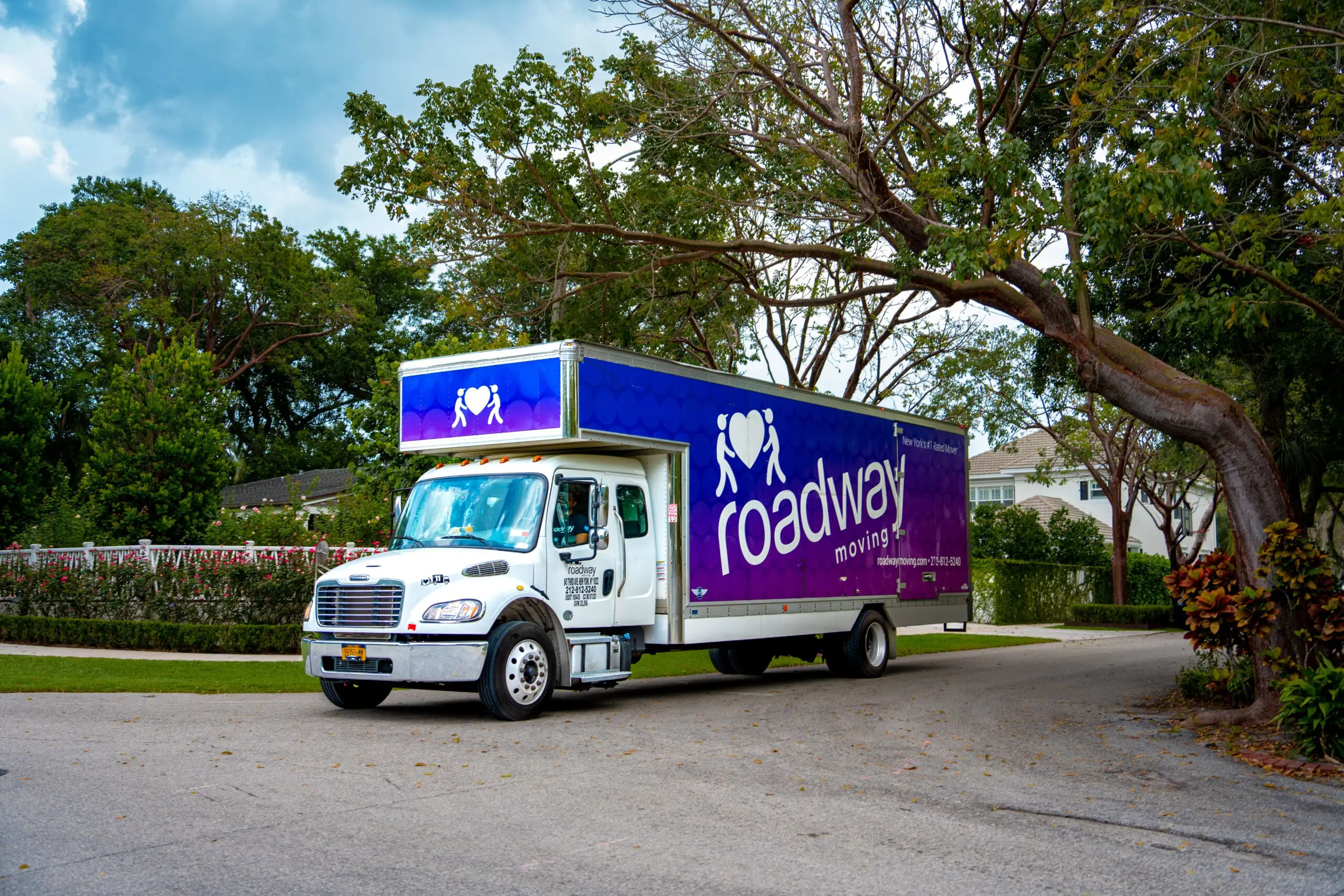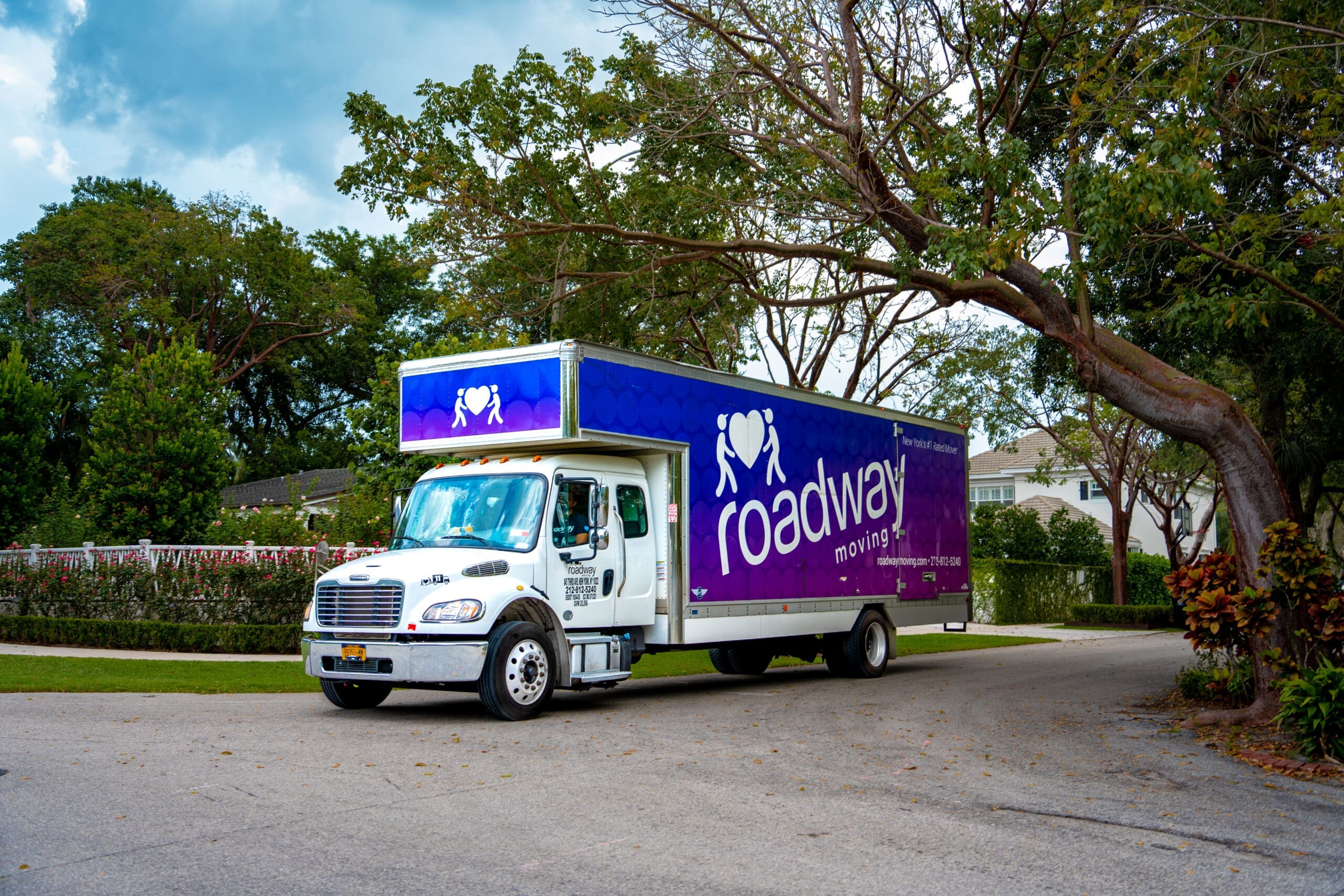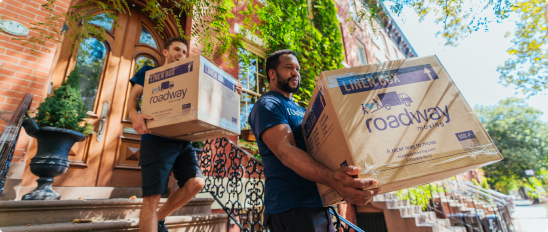How to Safely Move Photography Equipment






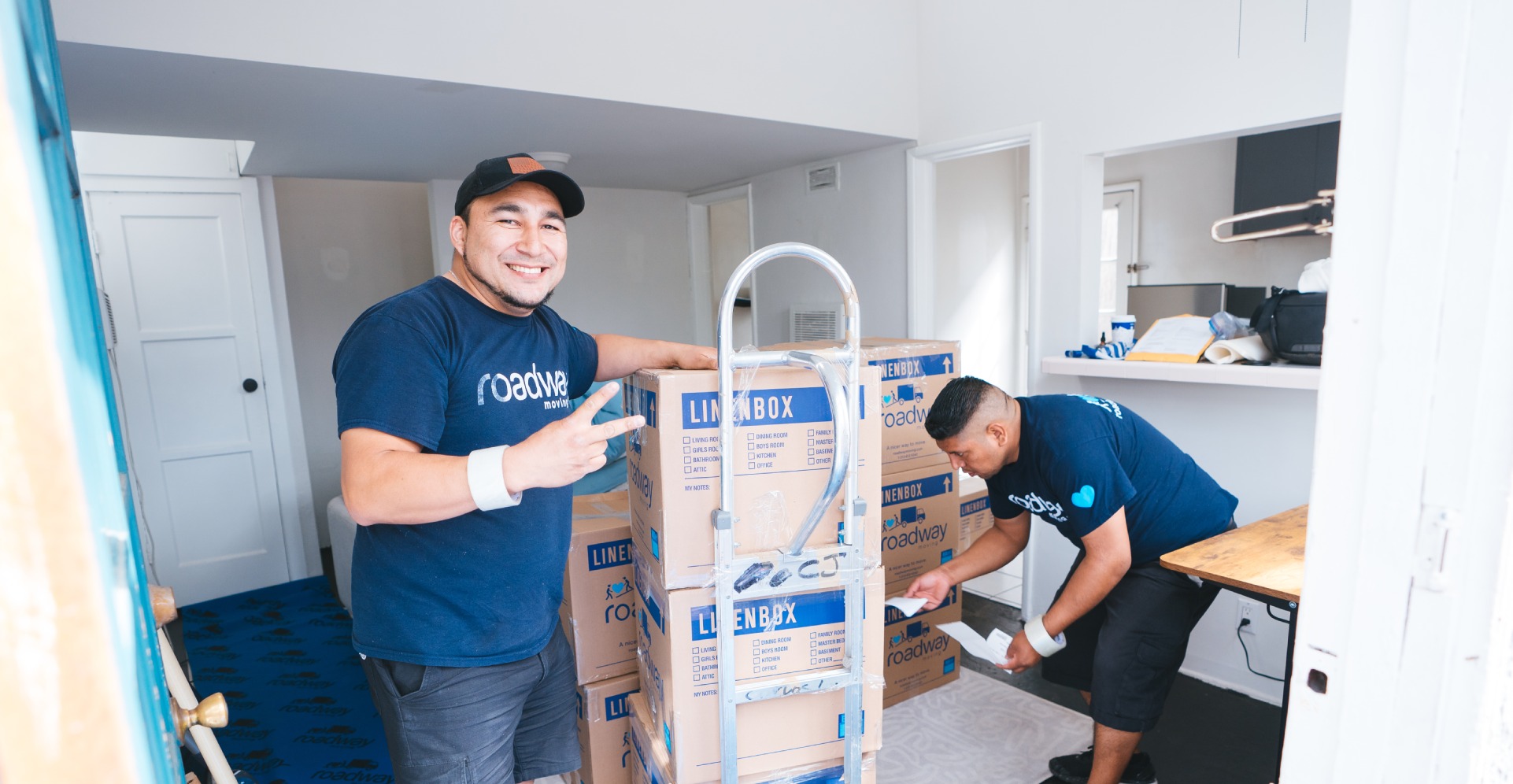
Moving can be an exciting but challenging time, especially when you’re a photographer with valuable and delicate equipment. Ensuring the safety and protection of your cameras and photography gear during a move is crucial.
In this article, we’ll provide essential tips to help photographers safeguard their equipment and make their move a success.
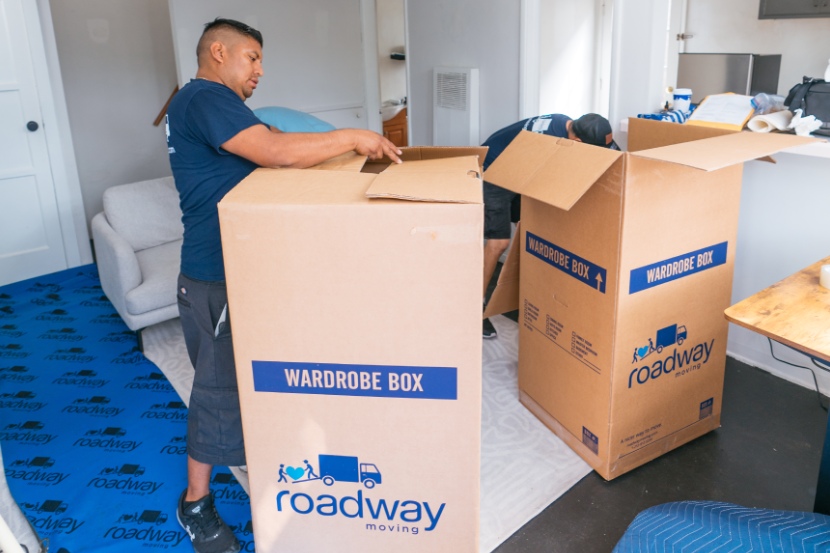
1. Preparing Photography Equipment for the Move
Before you start packing, take a few important steps to prepare your photography equipment:
- Create an inventory: Make a detailed list of all your photography gear, including cameras, lenses, memory cards, and accessories. This inventory will help you stay organized during the packing and unpacking process.
- Back up your files: Back up all your important files and data from memory cards, hard drives, or other storage devices. This ensures that even if anything happens during the move, your valuable photos and work are safely stored.
- Remove batteries: To prevent accidental power drain or damage, remove the batteries from cameras, flashes, and other devices. Store the batteries separately, ensuring they are well-protected and easily identifiable.
2. Packing Photography Equipment
Proper packing is key to protecting your cameras and photography gear during a move. If you don’t opt in for a professional packing service, here’s how you can do it yourself:
- Gather suitable packing materials: Invest in camera bags, padded cases, lens sleeves, and other protective accessories designed for photography equipment. These items provide cushioning and support to prevent damage.
- Wrap each item individually: Wrap each camera body and lens individually with protective materials such as bubble wrap or lens pouches. This adds an extra layer of protection against impact or scratches.
- Securely pack your equipment: Place your photography equipment in a well-padded box, ensuring a snug fit to minimize movement during transit. Use additional padding materials like foam or packing peanuts to fill any gaps.
- Use quality moving boxes: Moving companies like Roadway use special boxes that can that can withstand more pressure than the regular boxes and have even sturdier boxes for long-distance moves and long-term storage, so ask your moving company to provide you with the best boxes for your type of equipment and your type of move.
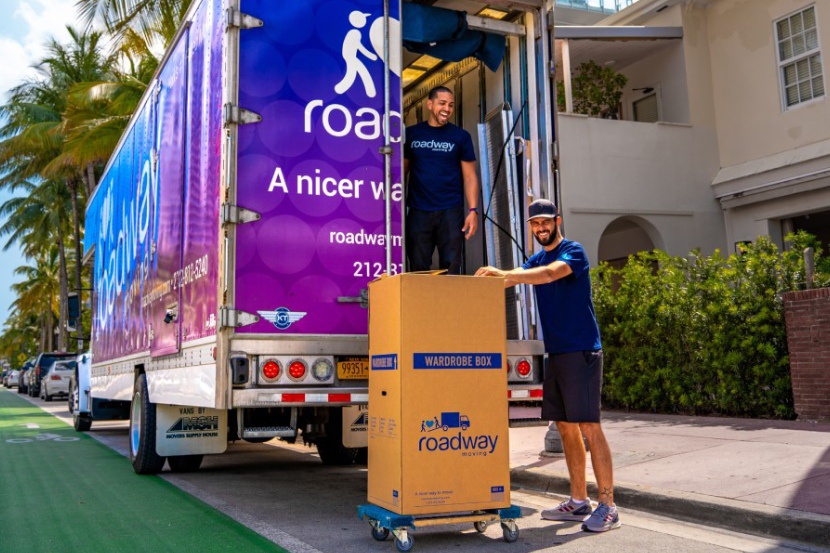

3. Transportation Considerations
When entrusting your photography equipment to a moving company, consider the following:
- Choose a reliable moving company: Opt for a reputable and experienced moving company with a track record of handling fragile and valuable items. At Roadway Moving, for example, we have a lot of experience in safely transporting delicate equipment since, as we are in the moving business since 2008.
- Communicate special handling requirements: Clearly communicate the nature and value of your photography equipment to the movers. Discuss any special handling instructions, such as keeping the equipment upright or avoiding exposure to extreme temperatures.
- Consider transporting valuable items personally: If possible, transport your most valuable or delicate photography gear yourself. This allows you to have direct control over its safety and ensures extra peace of mind throughout the move.
4. Insurance Coverage and Documentation
Protecting your photography equipment involves considering insurance coverage and documentation:
- Review your insurance policies: Review your existing insurance policies to determine if your photography equipment is covered during a move. Consider adding additional coverage or adjusting your policy to ensure adequate protection.
- Document your equipment: Before the move, take detailed photographs of all your photography gear. Capture close-ups of any existing damage or imperfections. These photographs will serve as valuable documentation for insurance purposes if any issues arise.
5. Climate Control and Environmental Factors
Pay attention to climate control and environmental conditions during the move:
- Protect from extreme temperatures and humidity: Extreme temperatures and high humidity can damage your photography equipment. Store it in climate-controlled areas during transit, avoiding exposure to direct sunlight or excessive moisture.
- Use moisture-absorbing products: Place desiccant packs or moisture-absorbing products in the packing boxes to safeguard against any moisture damage that might occur during the move.
6. Unpacking and Setting Up
After reaching your new location, take care during the unpacking and setting up process:
- Unpack in a clean and organized space: Find a clean and organized area to unpack your photography equipment. Remove items one by one and place them on a soft, clean surface.
- Inspect for damage or malfunctions: Thoroughly inspect each item for any signs of damage or malfunctions that may have occurred during the move. If any issues arise, contact your moving company or insurance provider promptly.
- Set up a secure storage and organization system: Establish a secure storage system for your photography gear in your new space. Use shelves, padded cases, or dedicated cabinets to ensure easy access and protection from accidental damage.
Conclusion
Protecting your cameras and photography equipment during a move requires careful planning and attention to detail. By following the tips outlined in this article, photographers can ensure the safety and preservation of their valuable gear throughout the moving process.
Remember, professional assistance from a reputable moving company like Roadway Moving can go a long way in guaranteeing a successful move for your precious photography equipment. If you would like to get a free moving quote from us, click here.


